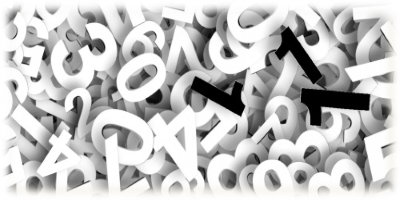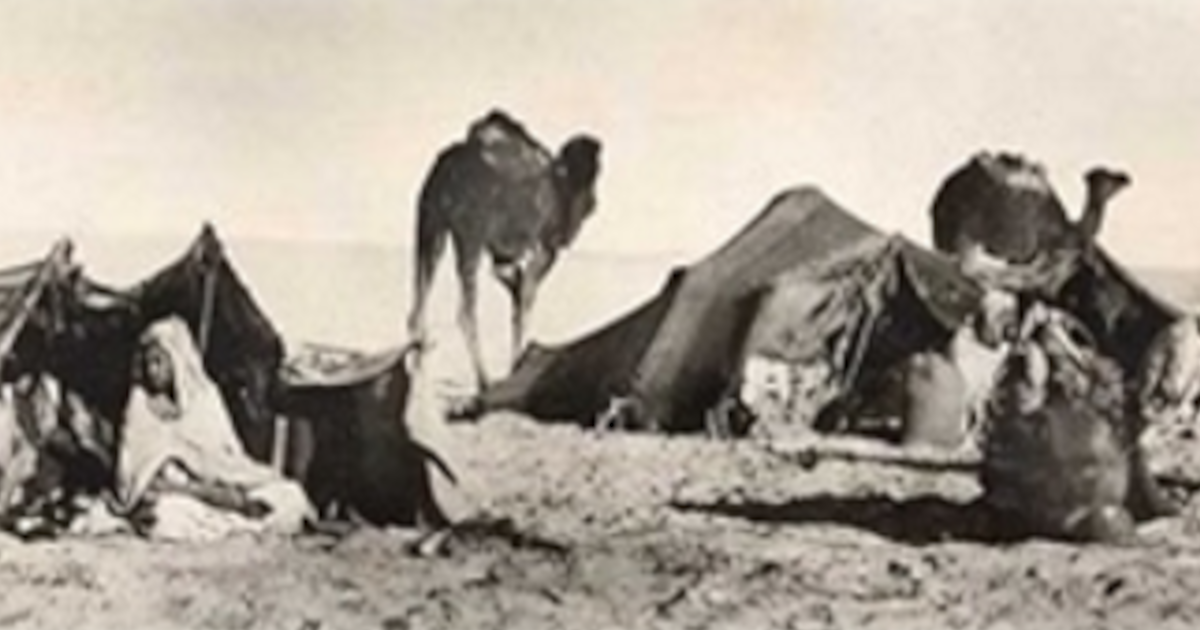And when Abram was ninety-nine years old and the LORD appeared to Abram, and he said to him, I am El Shaddai, walk before me, and be perfect (Genesis 17:1)
At a Glance: Understanding El Shaddai
-
Translation Challenges:
- Translating ancient Hebrew into English is complex due to cultural and linguistic differences.
- Translators' personal beliefs can influence interpretation.
- Comparing Jewish and Christian translations can reveal different underlying assumptions.
-
Literal vs. Interpretive Translation:
- Literal translations may lack clarity without cultural context.
- Translators often add explanatory phrases to help English readers.
- Biblical examples (like Genesis 17:1) show how translation choices shape understanding.
-
Understanding "El Shaddai":
- El = "mighty" or "strong."
- Shaddai is likely related to shad, meaning "teat" or "breast."
- The phrase may emphasize God's nurturing and sustaining role.
- Traditional rendering as "God Almighty" reflects theological preference more than linguistic evidence.
Challenges in Biblical Translation: Understanding the Translator's Influence
Before examining the word shaddai, let us take a moment to discuss some of the problems with Biblical translations.
The Translator's Role in Shaping Bible Translations
There are many factors that go into a translation which are invisible and unknown to the reader of a translation. Most Bible readers assume that the English translation of the Bible is an equivalent representation of the original text. Because of the vast difference between the ancient Hebrews' language and our own, as well as the differences in the two cultures, an exact translation is impossible.
The difficult job of the translator is to bridge the gap between the languages and cultures. Since the Hebrew text can be translated many different ways, the translator’s personal beliefs will often dictate how the text will be translated. A translation of the Biblical text is a translator’s interpretation of the original text based on his own theology and doctrine. The reader is then forced to use the translators understanding of the text as his foundation for the text.
Why Exact Translation of Ancient Texts is Impossible
For this reason, readers will often compare translations, but are usually limited to Christian translations. I always recommend including a “Jewish” translation when comparing texts, as this will give a translation from a different perspective. Yes, it will be biased toward the Jewish faith, but Christian translations are biased toward the Christian faith as well. A comparison of the two translations can help to discover the bias of each.
Lost Meanings and Difficult Hebrew Phrases
The translator’s task is compounded by the presence of words and phrases whose original meanings have been lost. In these cases the translator will attempt to interpret the words and phrases as best as possible based on the context of the word and the translators opinion of what the author was attempting to convey. When the reader of the translation comes across the translator’s attempts at translating the difficult text, the reader makes the assumption that the translator has accurately translated the text.
Understanding the Impact of Translator Interpretations
The following passage will give an adequate example of some of the difficulties the translators face when attempting to convert the text into understandable English rendering.
“Make a roof for it and finish the ark to within 18 inches of the top. Put a door in the side of the ark and make lower, middle and upper decks.” Genesis 6:16 (NIV)
The above translation seems very clear, concise and understandable. The reader would have no problem understanding the meaning of the text and assumes that this translation adequately represents the original text. Behind this translation lies the Hebrew, which must be a translator’s nightmare. Below is a literal rendering of the same verse according to the Hebrew.
“A light you do to an ark and to a cubit you complete it from to over it and a door of the ark in its side you put unders twenty and thirty you do.”
This is not an isolated case, but occurs continually throughout the Biblical texts. In order to assist the English reader, the translator has supplied words, phrases and even whole sentences to enable the reader to understand the text. The reader is rarely aware of the difficulties in translating a certain passage and assumes that the translator has accurately translated the text.

The Translator’s Influence: A Real-World Example
To demonstrate how a Translator's interpretation of a text can influence the readers understanding of the text, let us examine two passages from the New International Version.
- Let the land produce living creatures. — Genesis 1:24
- And the man became a living being. — Genesis 2:7
From these passages the reader could conclude that animals are classified as “creatures” and humans as “beings” (The KJV uses the word “soul” here). When the Hebrew text is uncovered, we find that the above “interpretation” would never have occurred as we find that the phrase “living creature” in the first verse and the phrase “living being” in the second verse is two different translations of the same Hebrew phrase nephesh chayah. Because of the translator’s opinion that there is a difference between men and animals, the translation of these verses reflects the translator’s opinions. The reader, not knowing the Hebrew background to the passages, is forced to base his interpretation on the translator’s personal opinion.
What Does “Shaddai” Really Mean in the Bible?
In the previous chapter we have discussed the meaning of the word אל (el), as found in אל שדי (el shaddai), and will now focus on the word שדי (shaddai). Most Bible translations translate this word as “Almighty.” Many times a translator will not translate a Hebrew word literally because the literal meaning would mean nothing to the Western mind and in some cases would actually be offensive to the Western reader. Such is the case with the word שדי (shaddai). The use of the word “Almighty” by the translator is his attempt at translating the text in a manner that will both make sense to the Western reader as well as retain some of the meaning of the original Hebrew word.
The Root of Shaddai: A Closer Look at shad
The parent root for this word is שד (shad). The original pictograph for this word is 
 . The
. The  (sh) is a picture of the two front teeth and has the meaning of “sharp,” “press” (as from chewing) as well as “two.” The
(sh) is a picture of the two front teeth and has the meaning of “sharp,” “press” (as from chewing) as well as “two.” The  (d) is a picture of a tent door with a meaning of “hang” or “dangle” as the door is hung or dangles down from the top of the tent.
(d) is a picture of a tent door with a meaning of “hang” or “dangle” as the door is hung or dangles down from the top of the tent.
The Meaning Behind the Pictographs: “Two Danglers”
The combined meanings of the  and
and  would be “two danglers.” The goat was a very common animal within the herds of the Hebrews. It produces milk within the udder and is extracted by the goat kid by squeezing and sucking on the two teats dangling below the udder. The function of these teats is to provide all the necessary nourishment for the kids, as they would die without it.
would be “two danglers.” The goat was a very common animal within the herds of the Hebrews. It produces milk within the udder and is extracted by the goat kid by squeezing and sucking on the two teats dangling below the udder. The function of these teats is to provide all the necessary nourishment for the kids, as they would die without it.
A Maternal Image of God: Shaddai as Nourisher
The Hebrew word שדי (shaddai) also has the meaning of a “teat.” Just as the goat provides nourishment to its kids through the milk, God nourishes his children through his milk and provides all the necessities of life. This imagery can be seen in the following passage:
“And I will come down to snatch them [Israel] from the hand of the Egyptians and to bring them up from that land to a good and wide land to a land flowing with milk and honey.” Exodus 3:8
From “Mighty Teat” to “God Almighty”: Why Translators Change the Meaning
The word שדי (teat) is often coupled with the word אל (mighty, strong) creating the phrase אל שדי (el shaddai) literally meaning the “mighty teat,” hence we can see the translator's reluctance to literally translate this phrase in this manner and instead using the more sanitized “God Almighty.”
Understanding the Maternal Nature of God in Hebrew Thought
The idea of God being characterized as having teats does not sit well in our Western culture. We are familiar with identifying with God as a father, but not as a mother.
The Hebrew Word for “Mother” and Its Deeper Meaning
The Hebrew word for mother is אם (em) or 
 in the ancient pictographic script. The ox head meaning “strength” combined with the picture for “water” (
in the ancient pictographic script. The ox head meaning “strength” combined with the picture for “water” ( ) forms the word meaning “strong water.” Animal’s hides were placed in a pot of boiling water. As the hide boiled, a thick sticky substance formed at the surface of the water and was removed and used as glue, a binding liquid or “strong water.” The mother of the family is the “one who binds the family together.”
) forms the word meaning “strong water.” Animal’s hides were placed in a pot of boiling water. As the hide boiled, a thick sticky substance formed at the surface of the water and was removed and used as glue, a binding liquid or “strong water.” The mother of the family is the “one who binds the family together.”
God as the Glue of the Universe
God can be seen as the “glue” that holds the whole universe together. This is more than a figurative statement but also very scientific. All matter is composed of atoms, which consist of protons with a positive charge and electrons with a negative charge. The protons are packed together in the nucleus, the center of the atom, while the electrons orbit the nucleus. Since each proton has a positive charge, each proton should repel the others causing the protons to fly apart, but for some unknown reason, they do not. This phenomenon is called “nucleic bonding.” God literally “binds” the entire universe together.
The Image of God Includes Both Male and Female
“male and female he created them.” Genesis 1:27 (NIV)
This passage states that man was created as male and female and also that man was created in the image of God. God has the characteristics of both male and female and these characteristics were put in man, the male characteristics were placed in men while the feminine characteristics were placed in women. When a man and a woman come together, they unite these characteristics as one, now a perfect representation of God.
“and they shall become one flesh.” Genesis 2:24 (NIV)
God as El Shaddai: The Life-Giving Nourisher
God promised the nation of Israel that he would bring them into a “land flowing with milk and honey.” God as the אל שדי (el shaddai), the mighty teat, will supply his children with his life sustaining milk.

Like what you’re discovering? Continue the journey from Bible reader to translator.
|






